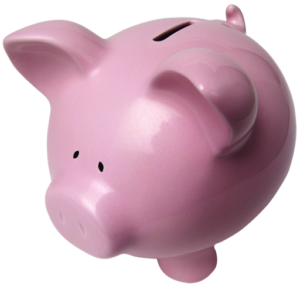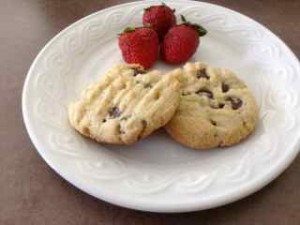The Cortisol- Belly Fat Connection (Hormones and Weight Gain)
/I was planning to write about cortisol for the next post in this blog series on hormones. But I realized that two dietitians beat me to it. Amusingly, both are named Abby (well, Abbey and Abby to be specific). Their articles give a thorough breakdown of the role that cortisol plays in our bodies. The connection between cortisol and weight gain – particularly belly weight. And, nutrition strategies that can have an impact. Also, they take a look at the scientific evidence for specific diets and supplements that the internet claims can “fix cortisol quick”.
So, instead of recreating the wheel, I’m sharing their articles with you. And, adding my personal take on things from my almost 30 years of experience.
Here’s Abby Langer’s post: Does Cortisol Cause Weight Gain? Everything You Need to Know
Here’s Abbey Sharp’s post: Low Cortisol Levels and Weight Gain. How Cortisol Relates to Weight
Kristen’s Thoughts on Cortisol and Belly Fat
My experience of working with individual clients for so many years has led me to believe that chronic stress does have an impact on weight. It’s difficult to pinpoint whether this is through the action of cortisol, or other factors. A significant number of my clients are successful women. Some might call us ‘type A’ (I say ‘us’ because I recognize myself here). Driven, successful, we take on a lot of responsibility. These are fantastic characteristics and not something that we want to change. However, a consequence is that we’re chronically stressed. Often, we don’t even recognize ourselves as stressed unless something happens that takes our stress levels even higher. After having worked with hundreds of women like this, I’ve come to see that despite being physically active and eating quite healthfully, they have stubborn belly weight that just won’t shift. That’s usually why they’ve sought me out. Yes, I recommend some tweaks to their eating habits. (We all have blind spots). But more importantly, what I’ve seen to be essential for creating that weight shift is to take steps to lower chronic stress levels. Specifically:
Daily mindfulness activities. I have no preference in how people do their mindfulness. We’re looking for the activity to take our minds out of the constant planning/to-do list and instead, sink into the moment. Examples include meditation, prayer, listening to music, a stroll in nature (forest bathing), practicing an artistic pursuit (e.g. playing the piano, singing in a choir, painting), and yoga.
Prioritizing quality sleep. Incorporate good sleep hygiene. Talk with your primary care provider if menopausal symptoms are interrupting your sleep.
Taking things off your plate. I mean the metaphorical plate, not eating smaller portions. This is the best way to really address the chronic stress. It’s the root cause. But usually it’s a longer-term solution. For example, what can you delegate to someone else? Is there a volunteer commitment that you can step away from?
Adaptogens. A number of my clients have found Ashwaghanda to be helpful when combined with the other three items above. I want to be really clear here. It’s not going to work to continue on with your current lifestyle and expect a supplement to melt away belly fat (despite what the alluring social media ads tell you). If you’re considering taking adaptogens, just like before starting any vitamin/ supplement, check with a health professional to make sure it is a fit with your health conditions and/or medications.
Understand more about your hormones. Check out this post on thyroid hormones.
Photo credit: Elisa Ventur on Unsplash























